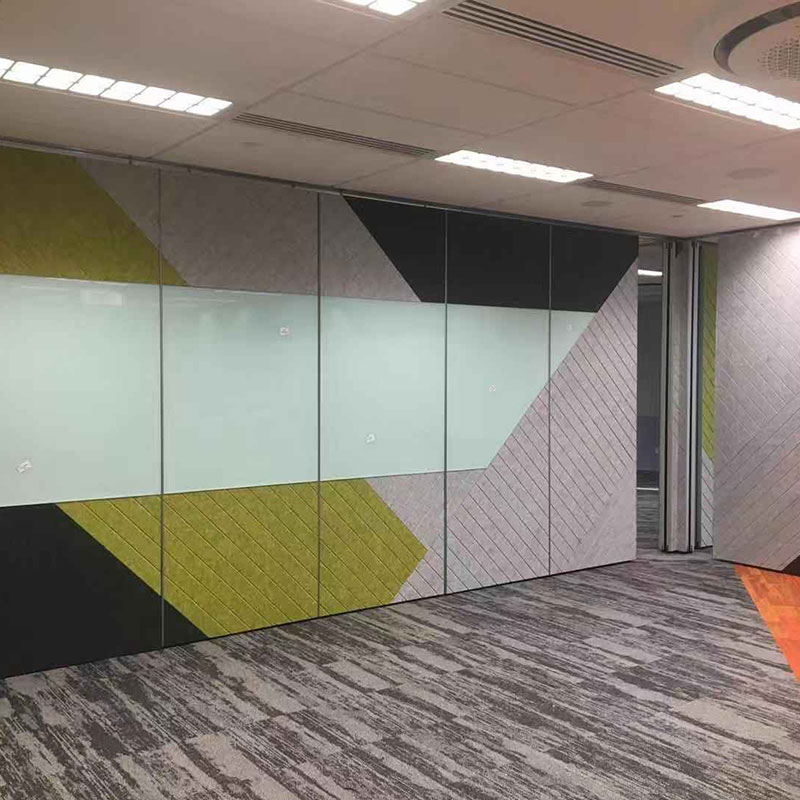Unveiling Recycled PET Acoustic Panels: Manufacturing Sustainability in Sound Control
2024-07-02
In the realm of sustainable building materials, Recycled PET Acoustic Panels emerge as a pivotal innovation, offering both environmental benefits and superior sound control capabilities. These panels, crafted from recycled polyethylene terephthalate (PET) plastics, not only reduce waste but also enhance acoustic environments in various settings. This blog delves into what Recycled PET Acoustic Panels are and how they are manufactured, highlighting their role in eco-friendly construction practices.
Understanding Recycled PET Acoustic Panels
What are Recycled PET Acoustic Panels?
Recycled PET Acoustic Panels are sound-absorbing panels made from recycled PET plastics, typically sourced from post-consumer plastic bottles. PET is a durable and versatile material known for its resilience and acoustic properties when processed into panel form. These panels are designed to reduce reverberation, control noise levels, and improve overall acoustics in indoor spaces.
Manufacturing Process
The manufacturing of Recycled PET Acoustic Panels involves several key steps, each contributing to their eco-friendly and functional attributes:
Step 1: Collection and Sorting
The process begins with the collection of post-consumer PET plastics, primarily sourced from discarded plastic bottles. These bottles undergo rigorous sorting to separate PET materials from other plastic types, ensuring purity and quality in the recycling process.
Step 2: Cleaning and Shredding
Once sorted, the PET bottles are thoroughly cleaned to remove contaminants such as labels and caps. They are then shredded into small flakes or granules using specialized machinery. This shredding process prepares the PET material for further processing into panels.
Step 3: Melting and Extrusion
The shredded PET flakes are melted down under controlled conditions to form a molten resin. This molten resin is then extruded through a die to create thin, continuous sheets or fibers of PET material. The extrusion process helps align the PET molecules, enhancing the material's strength and acoustic properties.
Step 4: Molding or Compression
Depending on the desired panel design, the extruded PET material may undergo molding or compression processes. In molding, the molten PET is shaped into specific panel sizes and thicknesses using molds. Compression involves compressing layers of PET fibers or sheets under high pressure to form dense panels with enhanced acoustic performance.
Step 5: Finishing and Installation
After molding or compression, the Recycled PET Acoustic Panels may undergo additional finishing processes. This can include trimming to precise dimensions, applying surface treatments for aesthetics or fire resistance, and attaching mounting hardware for ease of installation. The finished panels are then ready to be installed in various architectural and interior design applications.
Benefits of Recycled PET Acoustic Panels
Environmental Sustainability
Recycled PET Acoustic Panels exemplify sustainable building practices by diverting plastic waste from landfills and reducing the demand for virgin materials. Each panel contributes to the conservation of natural resources and helps mitigate environmental impact, aligning with green building certifications and initiatives.
Acoustic Performance
In addition to sustainability benefits, Recycled PET Acoustic Panels offer superior sound absorption properties. They effectively reduce reverberation and control noise levels in diverse environments, including offices, schools, auditoriums, and residential spaces. By enhancing acoustics, these panels create more comfortable and productive indoor environments for occupants.
Conclusion
Recycled PET Acoustic Panels represent a harmonious blend of sustainability and functionality in modern architecture and interior design. Their manufacturing process, centered around recycling post-consumer PET plastics, underscores a commitment to environmental stewardship and resource efficiency. As the demand for eco-friendly building materials grows, Recycled PET Acoustic Panels stand out as a versatile solution for enhancing acoustic comfort while contributing to a more sustainable future. Whether in new construction projects or renovations, these panels offer a compelling choice for designers, builders, and environmentally conscious consumers seeking innovative solutions with a positive impact.



